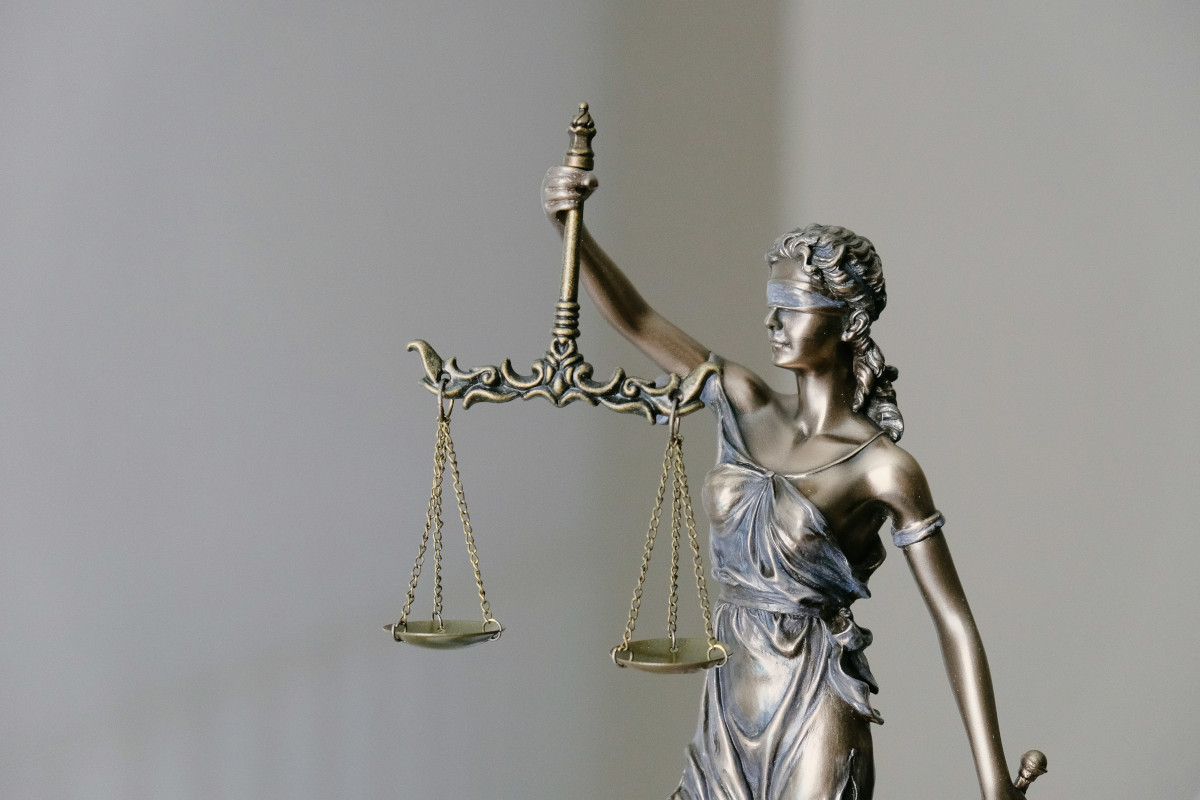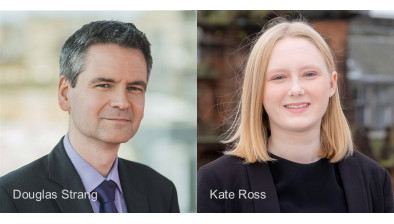Gwyneth King: Equality Act provisions regarding gender reassignment discrimination

My previous two opinion pieces about the damaging delay to Scottish gender recognition reform, and the media’s portrayal of it, were underpinned factually by the relevant parts of the Equality Act. Given the ongoing widescale coverage of gender recognition reform, and trans rights, it might be useful to outline the specific legislative context.
The first fact
The Equality Act provides a default position that it amounts to unlawful discrimination for a public body, public service provider or employer to treat a trans woman as a man.
Section 13(1) of the Equality Act 2010 provides:
“A person (A) discriminates against another (B) if, because of a protected characteristic, A treats B less favourably than A treats or would treat others”.
Section 4 lists the protected characteristics, and they include gender reassignment.
Treating a trans woman as a man amounts to less favourable treatment than would be afforded a comparator (someone who isn’t trans), whose individual identity and privacy would be respected. It therefore amounts to unlawful direct discrimination, unless an exception to that default position applies.
The second fact
There is an exception to this default position within the Equality Act to do with what are generally referred to throughout this discourse as “safe spaces” – services offered to women who have experienced gender-based violence.
Section 29(1) of the Equality Act provides:
“A person (a “service-provider”) concerned with the provision of a service to the public or a section of the public (for payment or not) must not discriminate against a person requiring the service by not providing the person with the service.”
Paragraph 28 of Schedule 3 provides:
(1) A person does not contravene section 29, so far as relating to gender reassignment , only because of anything done in relation to a matter within sub-paragraph (2), if the conduct in question is a proportionate means of achieving a legitimate aim.
(2) The matters are:
(a) the provision of separate services for persons of each sex;
(b) the provision of separate services differently for persons of each sex;
(c) the provision of a service only to persons of one sex.
What this means is that a “safe space” service provider, such as Rape Crisis Scotland, could refuse to offer its services to trans women, if they believed, and could establish, that this was a proportionate means of achieving a legitimate aim, such as protecting cis women. (They don’t apply this exception because they don’t believe trans women service users pose any threat to cis women service users. Their services are in fact expressly trans inclusive).
The third fact
There is also an exception within the Equality Act that can apply to prisons.
Paragraph 3(1) of Schedule 23 to the Equality Act provides:
“A person does not contravene this Act, so far as relating to sex discrimination or gender reassignment discrimination, only because of anything done in relation to:
(a) the admission of persons to communal accommodation; or
(b) the provision of a benefit, facility or service linked to the accommodation.
Paragraph 3(4) of Schedule 23 provides:
“In applying sub-paragraph (1)(a) in relation to gender reassignment, account must … be taken of whether and how far the conduct in question is a proportionate means of achieving a legitimate aim”.
This means that, as a public body, the Scottish Prison Service can refuse to admit a trans woman to a female prison if they believe, and can establish, that it is a proportionate means of achieving a legitimate aim, such as protecting cis women. (It did so in the recent very widely publicised case of a man convicted of two rapes. Because that individual now goes by a female name, a segregated assessment was undertaken to consider the risk posed to them, and to other prisoners, by where they were placed long-term. A decision was taken to place them in a male prison, as this was deemed to be a proportionate means of achieving the legitimate aim of protecting other prisoners at the female prison).
The fourth fact
There is no distinction within the Equality Act between trans people with or without gender recognition certificates.
Section 7(1) of the Equality Act provides:
“A person has the protected characteristic of gender reassignment if the person is proposing to undergo, is undergoing or has undergone a process (or part of a process) for the purpose of reassigning the person’s sex by changing physiological or other attributes of sex.”
Public bodies, public service providers and employers can be found to have unlawfully discriminated against trans people whether or not they have a gender recognition certificate, and all the exceptions to the default position can apply whether or not they do.
Scottish gender recognition reform aims to make it easier for trans people to get a gender recognition certificate. If the Scottish Government is successful in its legal challenge to Westminster’s veto, and the Gender Recognition Reform (Scotland) Bill gets Royal Assent, this is likely to increase the number of trans people with gender recognition certificates.
The fifth fact
An increase in the number of gender recognition certificates will not affect the operation of the Equality Act at all.
Gwyneth King is a solicitor at the Legal Services Agency. The views in this article are those of the author and do not represent the position of the organisation, or the opinion of any other individual members of its staff.








